
Man has always sought to overcome obscurity. For thousands of years, geographical discoveries were made at the limit of possibilities, but transport and equipment always suffered a little more than the discoverer - ships smashed into a storm, a train with provisions fell into the abyss, sleighs froze into ice, and the man kept moving and moving toward his goal.
When there were no white spots on the planet, we began to think about space. Programs for the exploration of the Moon and Mars are not fantasy, but the inevitable future. Behind them - distant flights to the nearest stars. The further a person moves away from Earth, the more difficulties he will encounter along the way. We have reached the line beyond which not the equipment, but the people themselves are experiencing exorbitant overloads.
What threats await us in space, and what technologies will allow us to survive - we will tell about this later.
Life without gravity
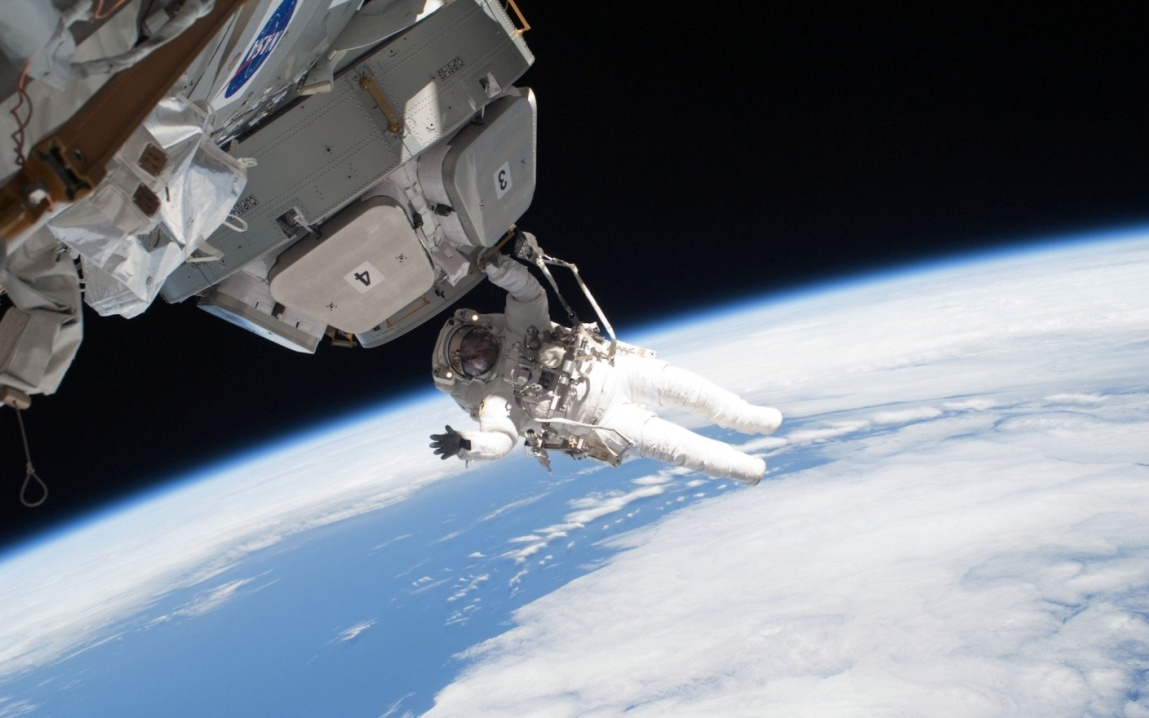
On September 6, 1522, the battered ship "Victoria" returned to Spain - the only one of the five ships of the round-the-world expedition of Magellan, on which 18 of the 260 crew members sailed. The famous navigator killed the aborigines from the island of Mactan in the Philippine province of Cebu.
The story of Magellan demonstrates well the risks borne by the researcher who ventured into unknown lands. But travelers on their way did not encounter something completely unknown. When traveling to the stars (and on flights to the nearest planets), we will need to create a new science - space biomedicine.
Astronauts going to Mars can break their bones and suffer from urolithiasis, they are waiting for insomnia and depression, and in the long term - death from cancer. That is why various research groups are now testing various hypotheses on the ISS. We must know in advance how a long stay in space affects the human body and psyche.
Due to the reaction of the vestibular apparatus, nausea occurs, a feeling of disorientation is manifested. Even pilots with a strong nervous system, for whom irritation of the vestibular apparatus when performing aerobatic maneuvers are professionally normal,
can cause severe disturbances in orientation, accompanied by emotional-neurotic breakdowns. It is known that astronauts feel well the first few hours after entering orbit, after which most of them have effects associated with the absence of gravity. After a few days, adaptation begins and unpleasant phenomena disappear.
We evolved as upright organisms. Our body has been built for millions of years under the influence of gravity. Our bones and muscles developed, resisting the effects of the gravitational field, and ideally learned how to interact with the outside world.
With microgravity, the body begins to fail. The cardiovascular system is designed to pump blood against gravity. For example, in the veins of the legs there are check valves that prevent blood from accumulating in the legs, but there are no such valves in the vessels of the upper body. Without gravity, blood rises to the chest and head, which is why astronauts have swollen faces, and blood pressure rises. Staying in conditions of weightlessness for more than 6 months leads to disruption of the activity of the circulatory system. For example, there was a violation of gas exchange in the capillaries, as a result of which much less oxygen was supplied to the tissues and organs.
Before the program of physical support was introduced into orbit, astronauts had to be especially hard. After 18 days of flight on the Soyuz-9 spacecraft, cosmonaut Andriyan Nikolayev recorded a decrease in heart volume by 12%. Bone tissue has lost potassium and calcium, has become loose. The composition of the blood changed: hemoglobin decreased by 25%, the number of erythrocytes - by 20%, and platelets - by 50%.
Astronauts literally begin to lose their own bones. First, the body removes calcium and phosphorus, which leads to a gradual weakening of the bones and an increased risk of osteoporosis. Bone loss can reach 1.5% per month, and recovery after returning to Earth takes at least three to four years.
Calcium does not just leave the bones - it is washed into the blood and urine, which can lead to urolithiasis. All this happens
in the first days of the flight . But the flight to Mars will take almost a year, and after landing the crew will have to act without help.
Due to the lack of gravitational compression of the spine is extended, which leads to spinal pain. The back muscles significantly degrade during their stay in space, decreasing by 19%. More than half of the crew members of the ISS complained of back pain. Astronauts four times more often than ordinary people get a hernia of intervertebral discs.
 With the help of ultrasound, scientists are testing non-invasive methods for estimating and measuring the intracranial pressure of astronauts. Image: NASA
With the help of ultrasound, scientists are testing non-invasive methods for estimating and measuring the intracranial pressure of astronauts. Image: NASAAnother serious problem is vision problems. The reason, according to research, is to increase the volume of cerebrospinal fluid. Because of this, pressure increases, and the fluid is first squeezed into the optic nerve case, and then along the spaces between the optic nerve fibers into the eyeball. As a result, hyperopia develops.
Now there are several ways to solve the problem of microgravity. The astronauts on the ISS are engaged in simulators for about two hours a day, counteracting the degradation of bones, muscles and blood vessels. The best solution is artificial gravity. Theoretically, it is quite possible to create on the ship. Practically - while too many resources are required.
Radiation
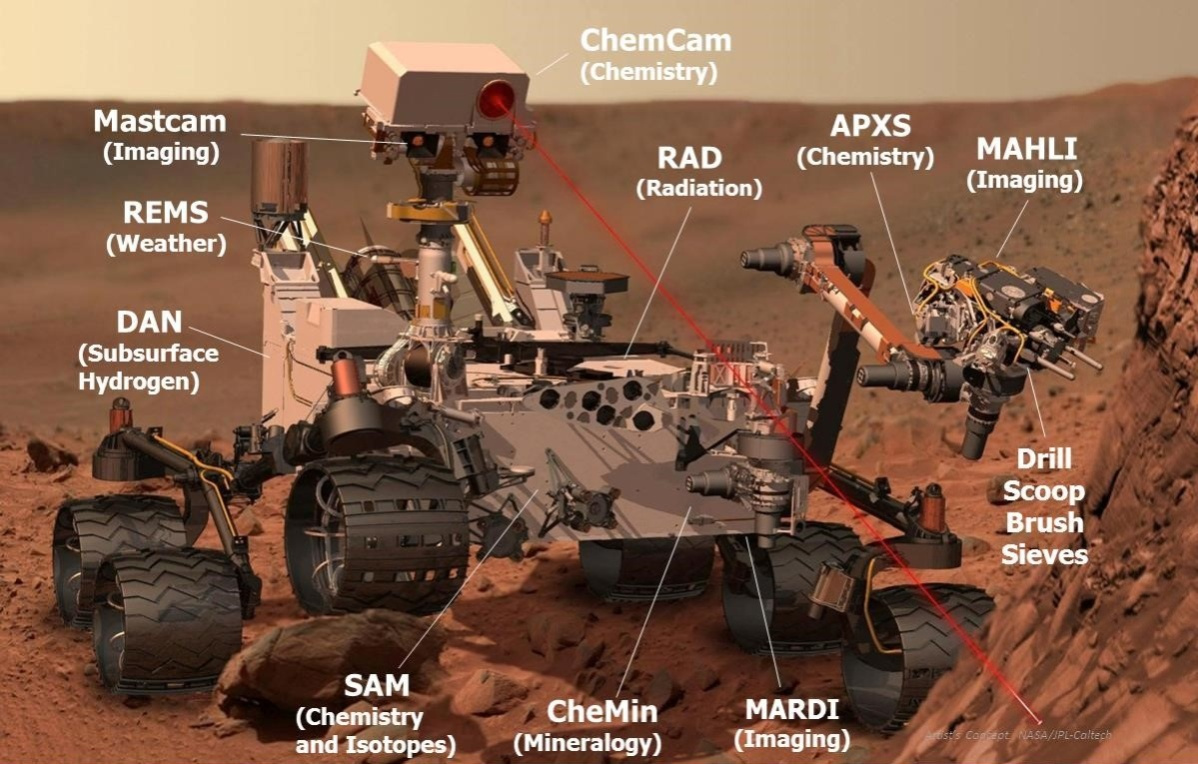 Curiosity has an RAD instrument on board to determine the intensity of radiation exposure. This is the first device designed to collect data on harmful forms of radiation on the surface of Mars.
Curiosity has an RAD instrument on board to determine the intensity of radiation exposure. This is the first device designed to collect data on harmful forms of radiation on the surface of Mars.Prolonged exposure to cosmic radiation can have a very negative impact on human health. On Earth, we are protected from cosmic rays, because the atmosphere and the magnetic field of the planet act as a shield, inhibiting elementary particles and atomic nuclei. It is better not to meet with such particles - they lead to DNA damage, cell mutations and cancer. And when we get to Mars, we will have to live with the thought that the planet has no ozone layer - nothing protects from ultraviolet radiation.
The daily dose of cosmic radiation on the ISS is 1 mSv, that is, a thousandth of a sieve. For comparison, 1 sievert of radiation is associated with a 5.5% increase in cancer risk. In general, not so scary. Everything gets much worse when we leave the Earth’s magnetosphere. During the trip, astronauts will be subject to different types of study. High-energy subatomic particles flying from the Sun and ionizing radiation caused by a supernova explosion destroy biological tissues the fastest. In addition to cancer, they can also cause cataracts and Alzheimer's disease.
When these particles fall into the hull plating of a ship, some metal atoms fall apart, emitting even faster particles; this is called secondary radiation.
Data from another
study show that the absence of a protective magnetic field reduces a person’s cognitive functions (speed of thinking, ability to learn, etc.), causing an exacerbation of allergic reactions.
Solution to the problem? Scientists are developing ways to reduce exposure, for example, using a variety of protective materials in the hull of a ship. But for now, the only solution we have is flight speed. The faster we get to the Red Planet, the less astronauts will suffer.
Insulation
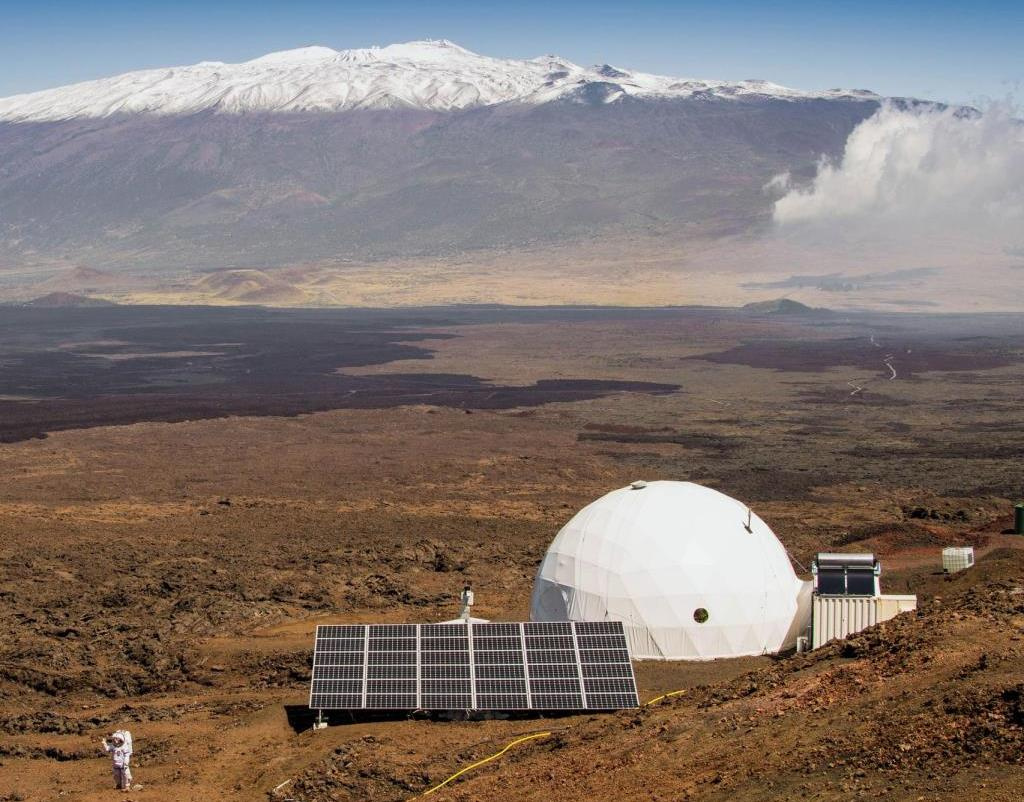 As part of a scientific experiment on the preparation of flights to Mars, six people a year lived in a dome house in Hawaii.
As part of a scientific experiment on the preparation of flights to Mars, six people a year lived in a dome house in Hawaii.Mental illness is another big risk for astronauts. Mental illness is difficult to detect and even harder to cure.
To live aboard a ship is very boring. All your activities consist of routine repetitions, arranged in a work schedule. Monotonous, repetitive tasks lead to apathy, loss of interest, carelessness and mistakes.
Another risk is associated with psychological compatibility. You need to live in a limited area in the company of people with whom you may have met a few months before the start.
Astronauts, as well-trained and highly motivated people, are not inclined to complain or express their emotions sharply. Therefore, it is difficult to recognize signs of psychological stress in the group of superprofessionals. On Earth, they may not be aware of real problems until an emotional outburst occurs, or, more likely, our classy specialist will quietly withdraw into himself and plunge into depression.
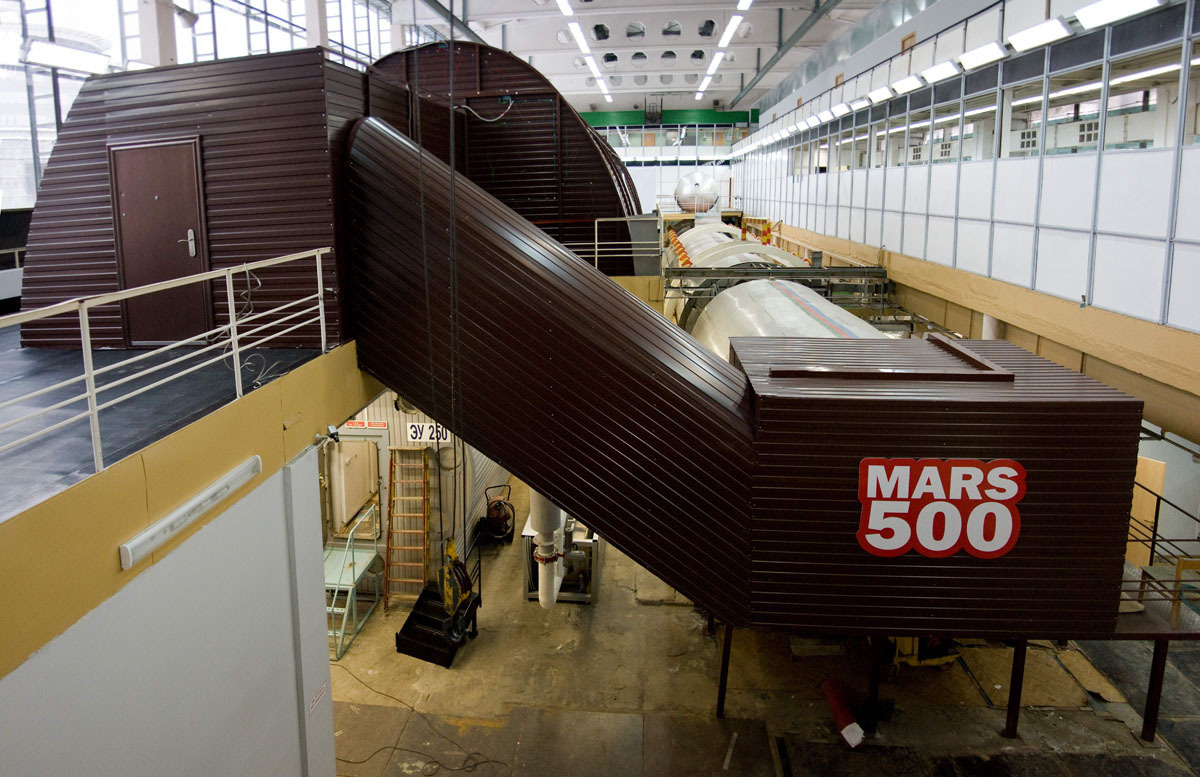
That is why experiments are conducted in which people are locked up with each other in the same room. NASA had the Hawaii Space Exploration Analog and Simulation project, in Russia they organized the Mars-500, an experiment to simulate a manned flight to Mars that lasted a record 519 days.
Both experiments showed good communication between crew members, ease of interaction and readiness for teamwork at any time interval. The biggest psychological problem experienced by the participants in the experiments is boredom, but it did not jeopardize the entire mission.
However, it is impossible to call objective data obtained. The conditions of the experiments are too far from the real interplanetary flight. Any participant at any time can refuse further participation and leave the complex, in contrast to the real flight to Mars. Each participant knew that he was on Earth (and would not die in a vacuum), and the simulation lasted only as long as he wanted to. In addition, none of the participants suffered from real illnesses that astronauts can wait on their way to Mars.
There is no clear solution to the problem. It will take long months of tests and careful psychological selection to prepare the team. And the important question still needs to be addressed: is a group of same-sex people or people of different sexes sent into space?
Space Animal
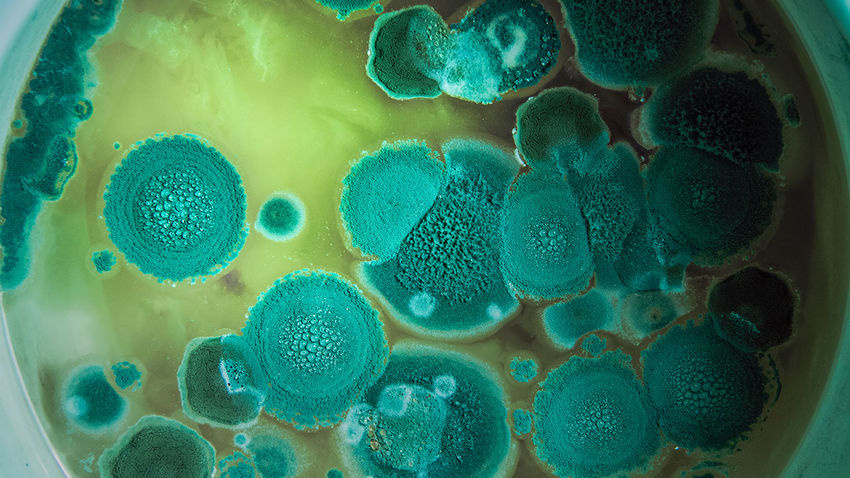
Bacteria feel great on the ISS and, obviously, fly with us to Mars, and then even further. At the same time, weightlessness can suppress certain immune functions, making people more vulnerable to disease.
The microflora in space stations is actively trying to eat everything they can. It is enough to have high humidity and nutrients so that bacteria and fungi begin to eat plastic insulation, grow on glass and damage it with acids released during growth.
Life will always find its way - organisms live even on the outer lining of the ISS.
A group of scientists led by Brian Kruschian of NASA studied how a long stay in space affects the functioning of the human immune system. It turned out that the immune system of people who had been in a state of weightlessness for about six months worked poorly: the ability to produce T-lymphocytes decreased, the level of white blood cells fell, and the ability to recognize foreign microorganisms and cells was in a depressed state. This will be a serious problem if dangerous bacteria are on board.
Obviously, we will not be able to destroy all the bacteria (for this, it would be necessary to destroy people as well), but it is worth working more in the area of maintaining immunity.
Big problems in big space
The biggest test in space is mutations in the body, in which the immune system fails, and drugs do not help, because metabolism has changed under the influence of microgravity.
How can we deal with mutations and other problems? To date, there is no ready-made solution to eliminate all the dangers of space travel, but there are several concepts
supported by Ilon Mask. In particular, the problem of cosmic radiation can be solved with the help of an optimal hull protection layer “amplified” by a magnetic field around the ship, deflecting the flow of charged particles. In addition, the search continues for effective anti-cancer drugs.
Until Mars itself, you can just fly faster - engines with an increase in the specific impulse by orders of magnitude began to be developed more than half a century ago, and with proper funding and work organization can be realized. But very great efforts are required - therefore, nobody flies on vacation on the moon at the beginning of the 21st century, although science fiction writers wrote about this many years ago.